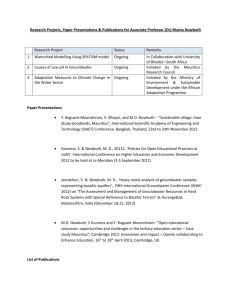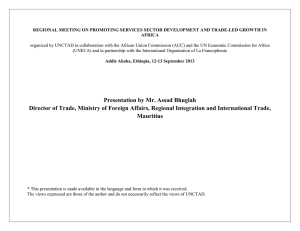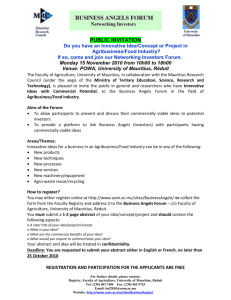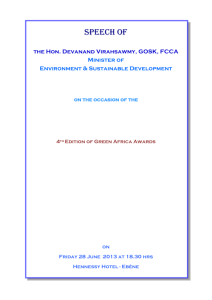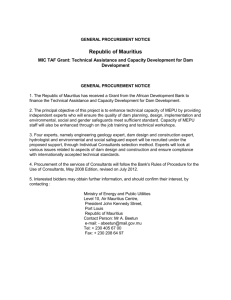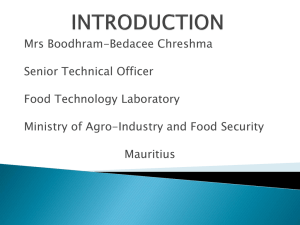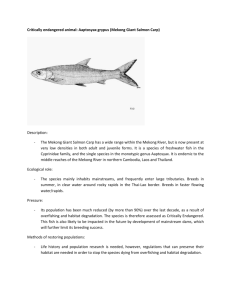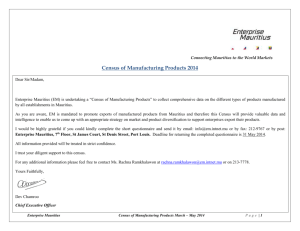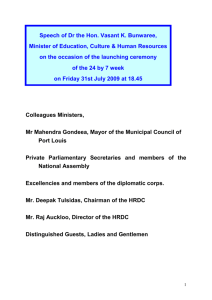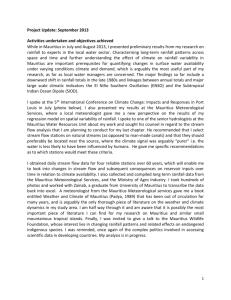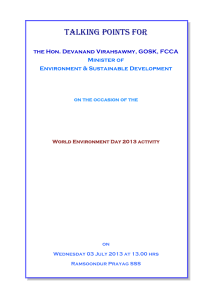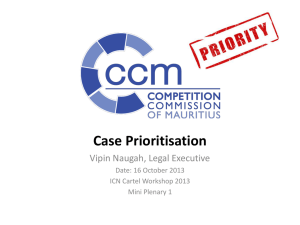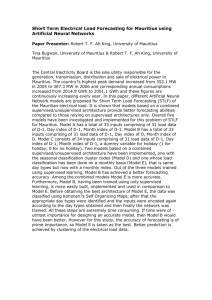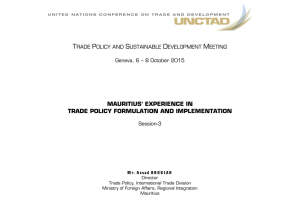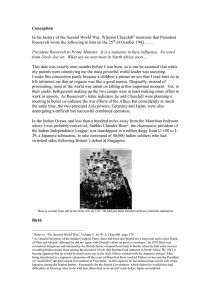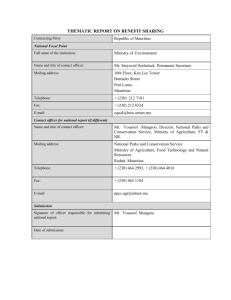sick building syndrome in mauritius
advertisement
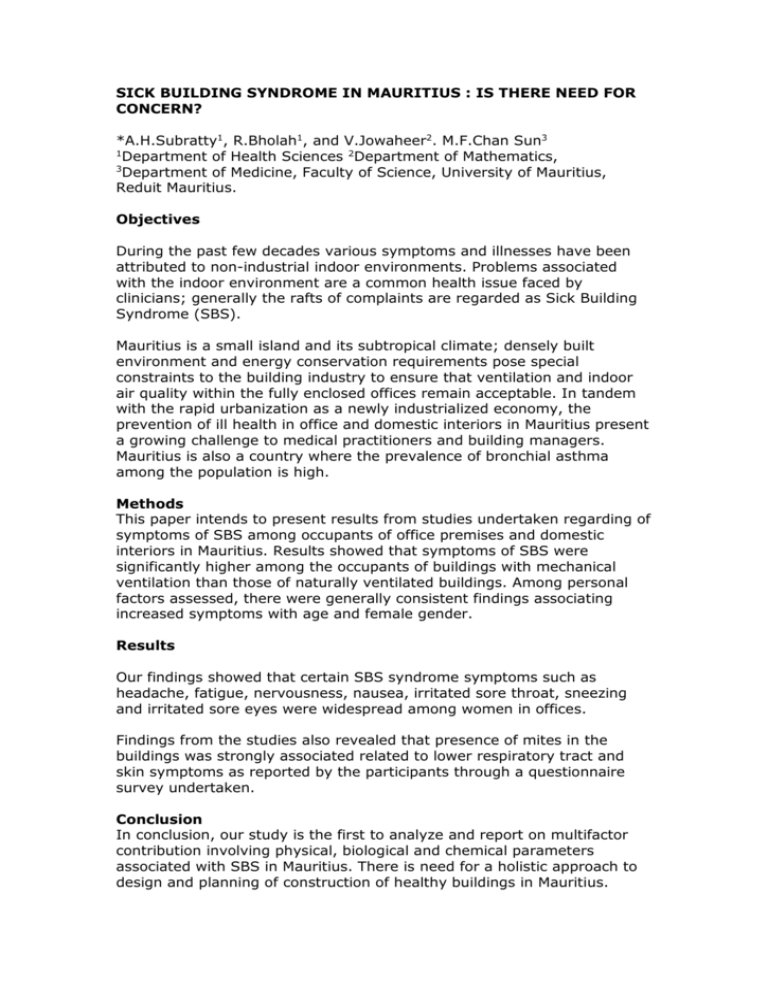
SICK BUILDING SYNDROME IN MAURITIUS : IS THERE NEED FOR CONCERN? *A.H.Subratty1, R.Bholah1, and V.Jowaheer2. M.F.Chan Sun3 1 Department of Health Sciences 2Department of Mathematics, 3 Department of Medicine, Faculty of Science, University of Mauritius, Reduit Mauritius. Objectives During the past few decades various symptoms and illnesses have been attributed to non-industrial indoor environments. Problems associated with the indoor environment are a common health issue faced by clinicians; generally the rafts of complaints are regarded as Sick Building Syndrome (SBS). Mauritius is a small island and its subtropical climate; densely built environment and energy conservation requirements pose special constraints to the building industry to ensure that ventilation and indoor air quality within the fully enclosed offices remain acceptable. In tandem with the rapid urbanization as a newly industrialized economy, the prevention of ill health in office and domestic interiors in Mauritius present a growing challenge to medical practitioners and building managers. Mauritius is also a country where the prevalence of bronchial asthma among the population is high. Methods This paper intends to present results from studies undertaken regarding of symptoms of SBS among occupants of office premises and domestic interiors in Mauritius. Results showed that symptoms of SBS were significantly higher among the occupants of buildings with mechanical ventilation than those of naturally ventilated buildings. Among personal factors assessed, there were generally consistent findings associating increased symptoms with age and female gender. Results Our findings showed that certain SBS syndrome symptoms such as headache, fatigue, nervousness, nausea, irritated sore throat, sneezing and irritated sore eyes were widespread among women in offices. Findings from the studies also revealed that presence of mites in the buildings was strongly associated related to lower respiratory tract and skin symptoms as reported by the participants through a questionnaire survey undertaken. Conclusion In conclusion, our study is the first to analyze and report on multifactor contribution involving physical, biological and chemical parameters associated with SBS in Mauritius. There is need for a holistic approach to design and planning of construction of healthy buildings in Mauritius.
